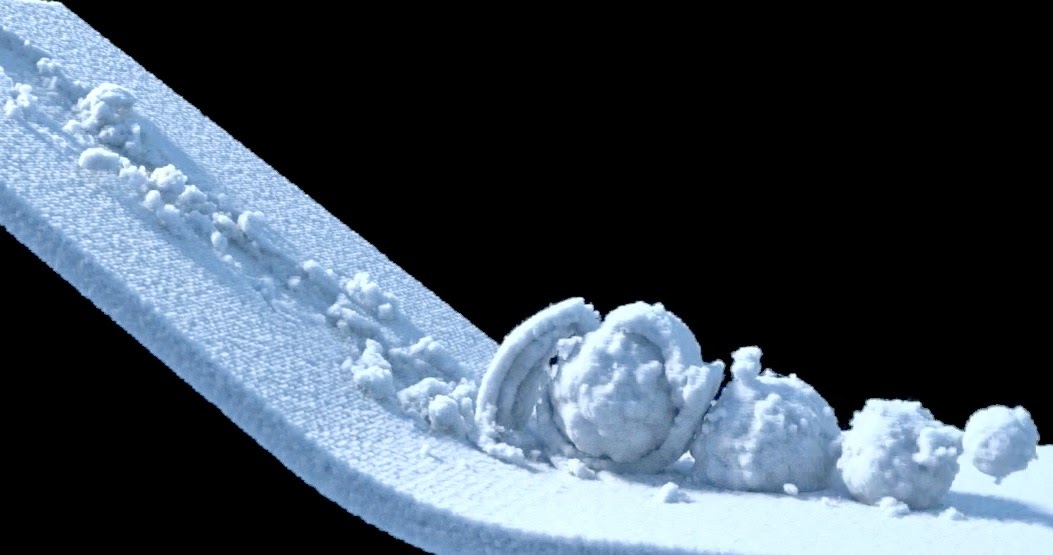Like many math teachers, I have a slight obsession with really cool number patterns. "Palindrome" numbers are some of my favorites (along with series, repetition, etc.) I took the opportunity to take a photo (stopped, you'll notice) of my odometer when it reached 77,477 miles. (On a side note, my new job has me doing a LOT of commuting, and I'm over 90k now, which shows how much I'm driving and how much I procrastinated on this post!)
Grade Level: 4-5
Course: 4th or 5th Grade Mathematics
Standards: 4.OA.5, 4.NBT.4, 5.OA.3, 5.NBT.5
SMP: MP2, MP5, MP6, MP8
Skills: Patterns, numeric relationships, addition, subtraction
How to use this as a mad minute:
You have 60 seconds.
List as many palindromic numbers as you can.
How to use this as a warm up:
Tell the students what this shows, review what an odometer measures, and what a palindrome is.
1. Why is this a palindrome?
2. What would be the next 10 times I'd have a palindrome on my odometer?
3. Do you see any patterns in the palindromes?
How to use this as a mini-lesson:
I would repeat the warm up above, but exclude the third question. I would ask the students to work in groups to try to figure out how many times my odometer had "hit" a palindrome from the time I bought it (7 miles!) to the time that is shown above. I would use the third question as a way to help kids who ares struggling trying to list ALL of the possible answers. If they can identify patterns, they will shorten their process.
Push students to make observations about the patterns, to look for ways to generalize, and identify the final answer. (In my own calculations, I THINK the answer is 674 times. I am not positive, and will recheck my work. My thinking is posted in a photo here.)
How to use this as a full lesson?
Expanding on the mini-lesson above, the focus REALLY has to be on number properties and patterns. Students are NOT going to quickly answer the question of "How many times." In fact, if they are not developing effective strategies and using patterns, they could easily get stuck in the listing routine for an entire period.
With a focus on selecting students who have a variety of strategies, definitely ask students to prepare to share their thinking (either on a poster, a dry erase board, on to put under a document camera). Select a variety of approaches and sequence them in a way that will help students who are stuck make more efficient progress.
Other extensions you might offer could include:
- If this person drives 3,000 miles a month, how often can she expect to see a palindrome?
- How long until her next palindrome?
- What other "special" numbers might this person look forward to? (I like repeated numbers "33333" and "sequences" of numbers "12345")
- How many of these such numbers would she encounter between 0 and 1,000 miles?
- How many prime number has she hit between 0 and 77,477 miles?
Car Talk, one of my favorite radio shows, had a number puzzle dealing with palindromes and odometers. Click here. (A very advanced explanation and solution can be found here.)
Another great challenge that deals with palindromes, as well as merging speed, is included at this site.
How to use this as an assessment?
This is not directly tied to assessed standards. I do not feel it is appropriate as an assessment item, only as a critical thinking, perseverance, and practice problem.
Please feel free to use any of these ideas and modify them to meet your needs. However, please acknowledge the original source of the items and my own lesson outlines. ©NatalieRSprigg 2014


